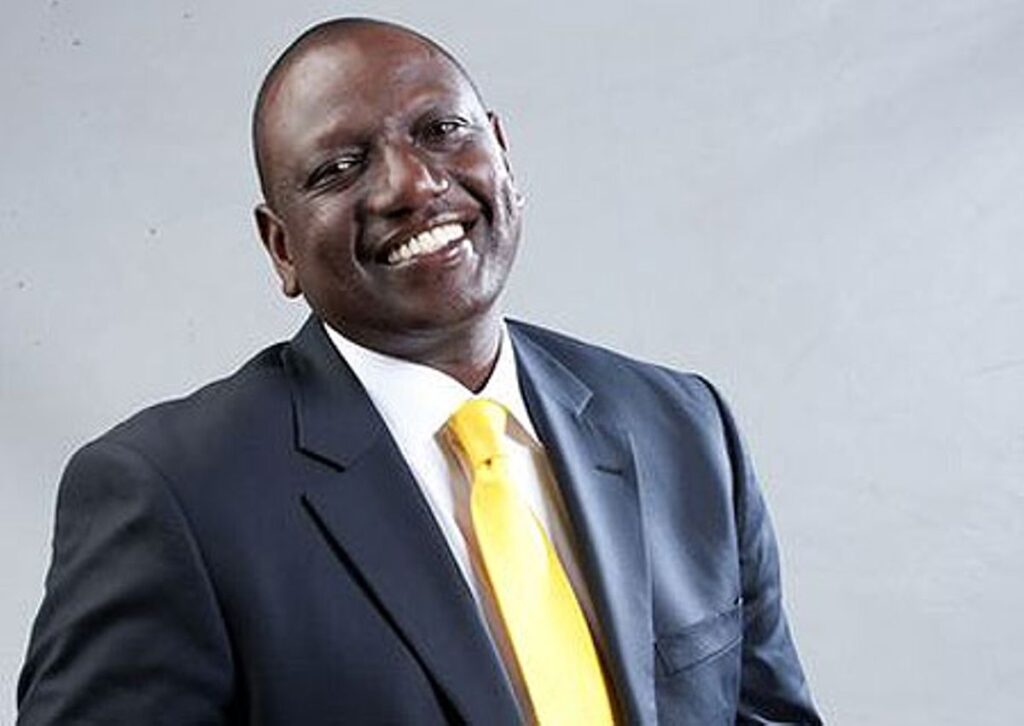The history of Kenya began after archaeological remains consisting of human skulls found in the Lake Turkana area of Kenya, North Western Kenya, this dates back to around two million years ago making them some of the earliest human beings ever discovered. During the New Stone Age, waves of migration to Kenya came from all over Africa, some beginning as early as 2000 BC. The Turkana people arrived from Ethiopia, the Kikuyu, Akamba and Meru, Embu came from Western Africa, while the Maasai, the Luo and Samburu arrived from the southern Sudan.
The 8th century AD witnessed the arrival of traders from Arabia, Persia and China. They introduced the communities of Lamu, Mombasa, Malindi and Diani to Muslim culture, they traded gold, ivory, skins, rhino horns, spices and later introduces slavery. They intermarried with the local communities resulting to the formation of a new civilization that was part African and part Arabic which is now known as Swahili.
During the 16th century, the Portuguese arrived in Kenya, establishing a stronghold in Mombasa. They maintained control there for two hundred years, staving off battles with the Arabs and the Turks. By the beginning of the 18th century, Omani Arabs managed to fight the Portuguese and took over their land, however, it wasn’t long before the coast was again under the control of the British. In 1886, Africa was divided between European powers and in 1895, Britain’s protectorate was officially named British East Africa. A railroad was built between Mombasa and Lake Victoria which saw large groups of settlers arrive, forcing tribal communities inland.
By 1952, tensions were high in Kenya culminating in the Mau Mau Uprising led by the Kikuyu people who came together under the title Kenya Land Reform Army. The uprising was a war of attrition against white people, property owners and collaborators, resulting in frequent attacks against white farms and government outposts. The rebels were defeated in 1956. The British planned for independence in December 1963 which included grants and loans which would help the Kenyan Assembly to buy out European farmers, enabling the land to be returned to the tribes. While the run-up to independence was relatively smooth, the transfer of lands was not, causing a decline in agricultural production that Kenya never fully recovered from.
Jomo Kenyatta became Kenya’s first Prime Minister from 1963-1964 and then was named President in 1964. Under Kenyatta, Kenya became one of Africa’s most stable and prosperous nations with a growing economy. His time in power was relatively peaceful and Kenya was admitted into the United Nations. Although Kenyatta is seen as the founding father of the Kenyan nation, his leadership was not without controversy. He tended to favour his own tribe and was paranoid about dissent which led to corruption. Instead of a fully unified Kenya, the country became (and remains) a confederation of competing tribes.
Kenyatta was succeeded by his vice president Daniel Arap Moi in 1978. Moi ruled in virtual autocracy for nearly twenty-five years, becoming one of the richest men in Africa. Despite their personal success, his rule is known as a time of corruption, censorship and nepotism. In 2002, he announced his retirement. Twelve opposition parties and religious groups united under the umbrella National Alliance Party of Kenya which became the National Alliance of Rainbow Coalition (NARC). After much infighting, they eventually became a dynamic and unified party claiming a peaceful landslide.
The end of 2007 saw elections that resulted in violence across the country because of disputed election results between the NARC and the Orange Democratic Movement (ODM). International mediators led by former UN Secretary-General Kofi Annan were called in. An agreement was reached making Kibaki (the NARC leader) President and Odinga (ODM leader) the Prime Minister. Since the election riots, the government and civil society organizations created programes with the goal of preventing similar situations in the future.
A new constitution was put into place in 2010 which called for more power at a local government level as well as a bill of rights. The event was praised by the international community.
Through implementation of the National Accord and Reconciliation Agreement, the Grand Coalition Government embarked on the reconstruction of the economy and settlement of the affected people. At that time, putting the economy back on its growth path and settlement of people affected by the crisis was top on agenda of the Grand Coalition Government.
President Mwai Kibaki served his second term in the Grand Coalition Government with Hon. Raila Odinga as the Prime Minister until March 2013 when Hon. Uhuru Muigai Kenyatta was elected as the fourth President of the Republic of Kenya with Hon. William Samoei Ruto as His Deputy. H.E President Uhuru Kenyatta and H.E Deputy President, William Samoei Ruto were re-elected on 26th October 2017 for their second term in office. In August 2022 H.E William Ruto won the election and declared the 5th President of Kenya with Rigathi Gachagua as the Deputy president.
Today, Kenya remains one of the foremost tourist destinations in Africa due to its natural attractions like the “Big Five” and Nairobi – Kenya’s capital and arguably the most modern city in East Africa.

